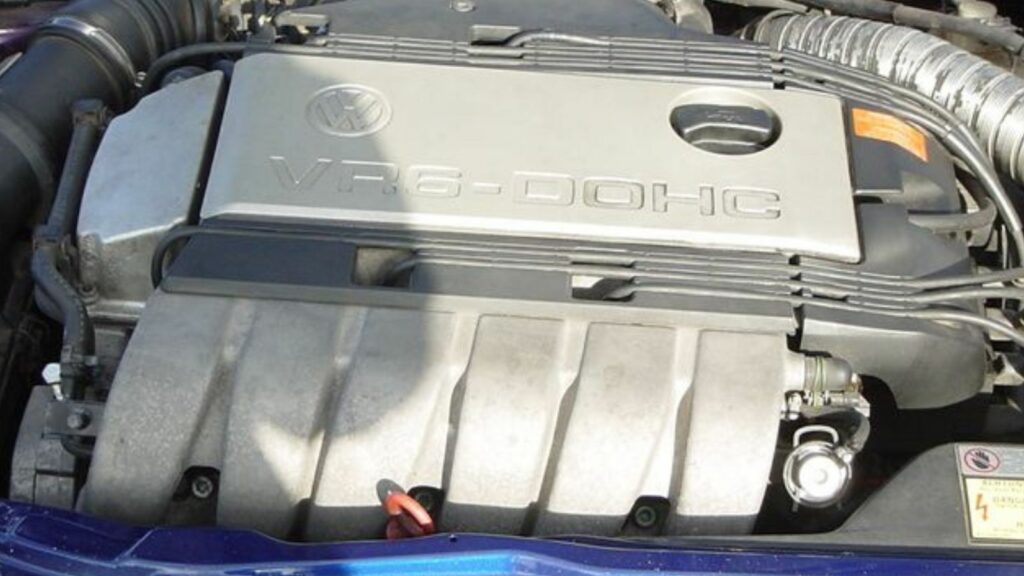Most cars sold in North America rely on conventional engine layouts like inline fours, V6s, or V8s. But throughout automotive history, engineers have often experimented with unusual ideas to gain efficiency, squeeze performance out of small packages, or simply stand out in a competitive market. Some of these oddball engines became cult favorites, while others ended up as engineering curiosities. From multi cylinder oddities to unusual shapes and firing orders, here are ten of the strangest car engines ever made available in North America, and why they mattered.
Ford Taunus V4
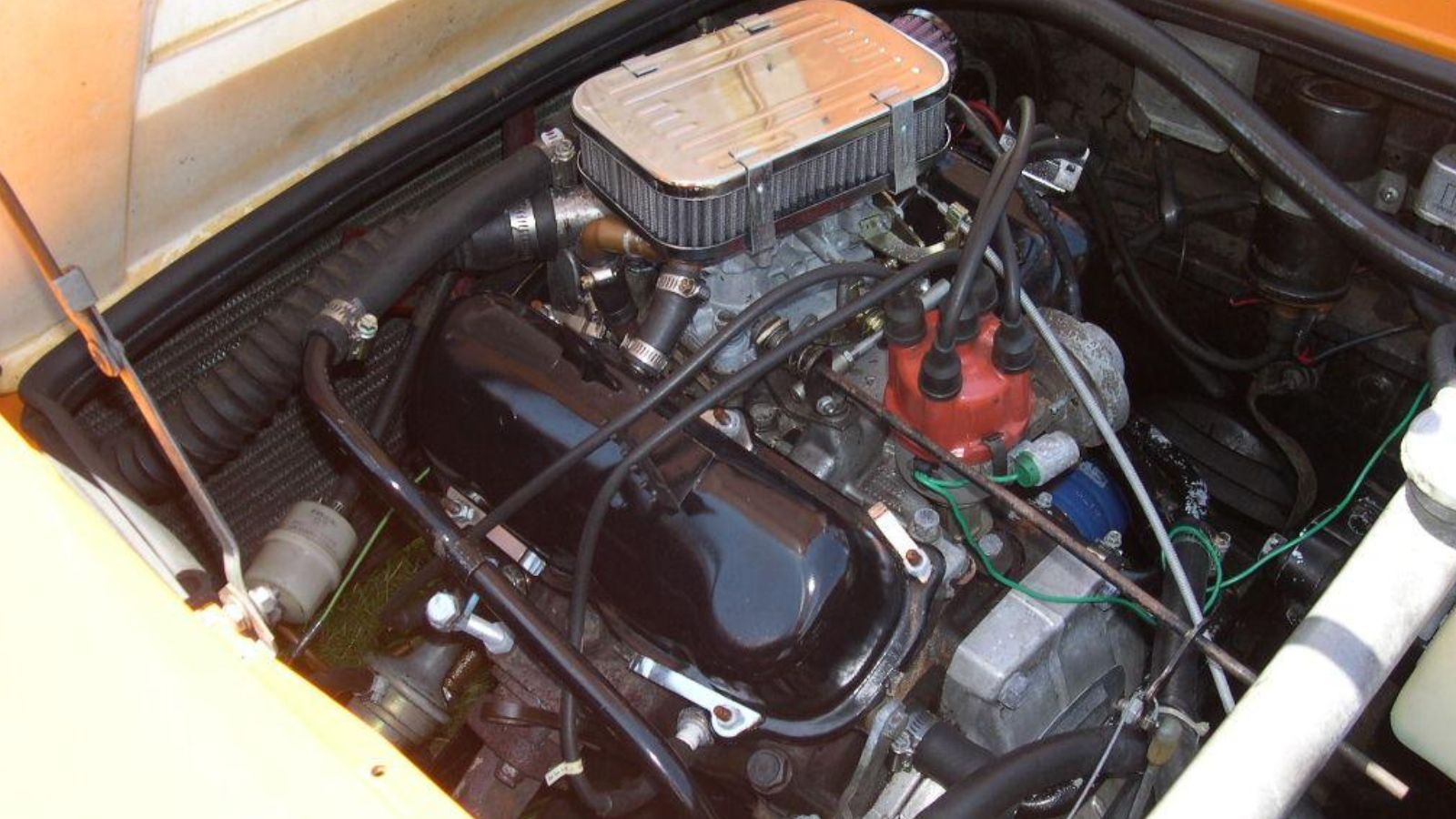
In the 1960s, Ford of Europe developed a compact V4 engine, and versions of it eventually crossed the Atlantic in certain imports. A V4 is an unusual layout because it is essentially half a V8, but it creates balance and vibration challenges that make it less appealing than an inline four. Ford’s V4 was used in cars like the Saab 95 and 96, which adopted it when Saab moved away from its tiny two stroke engines. In North America, enthusiasts found it odd but intriguing, especially given its rough running nature. It was not powerful, but it made cars small enough to be efficient while still using a simple, compact design.
Saab Two Cylinder
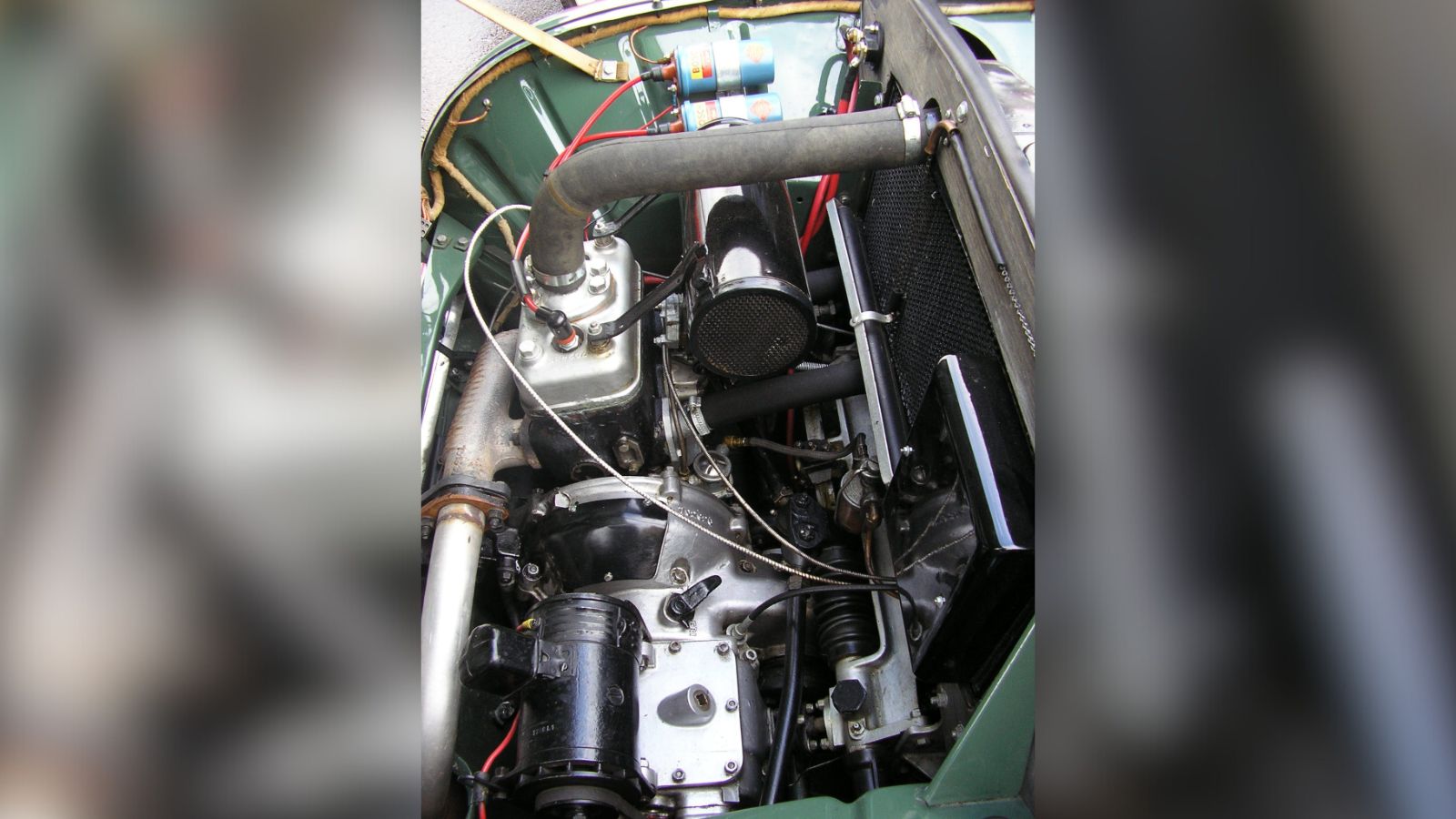
Before it was known for turbocharged quirkiness, Saab started out even stranger. Early Saab 92 and 93 models used a two stroke, two cylinder engine that barely made 25 horsepower. It gave off the buzzing sound and smoky exhaust more often associated with scooters and motorcycles. While laughably underpowered by today’s standards, these engines were simple, easy to repair, and well suited to the small, lightweight Saabs. The design reflected Saab’s aircraft engineering roots, where lightweight simplicity was prioritized, even if it meant performance took a back seat.
Geo Metro Three Cylinder
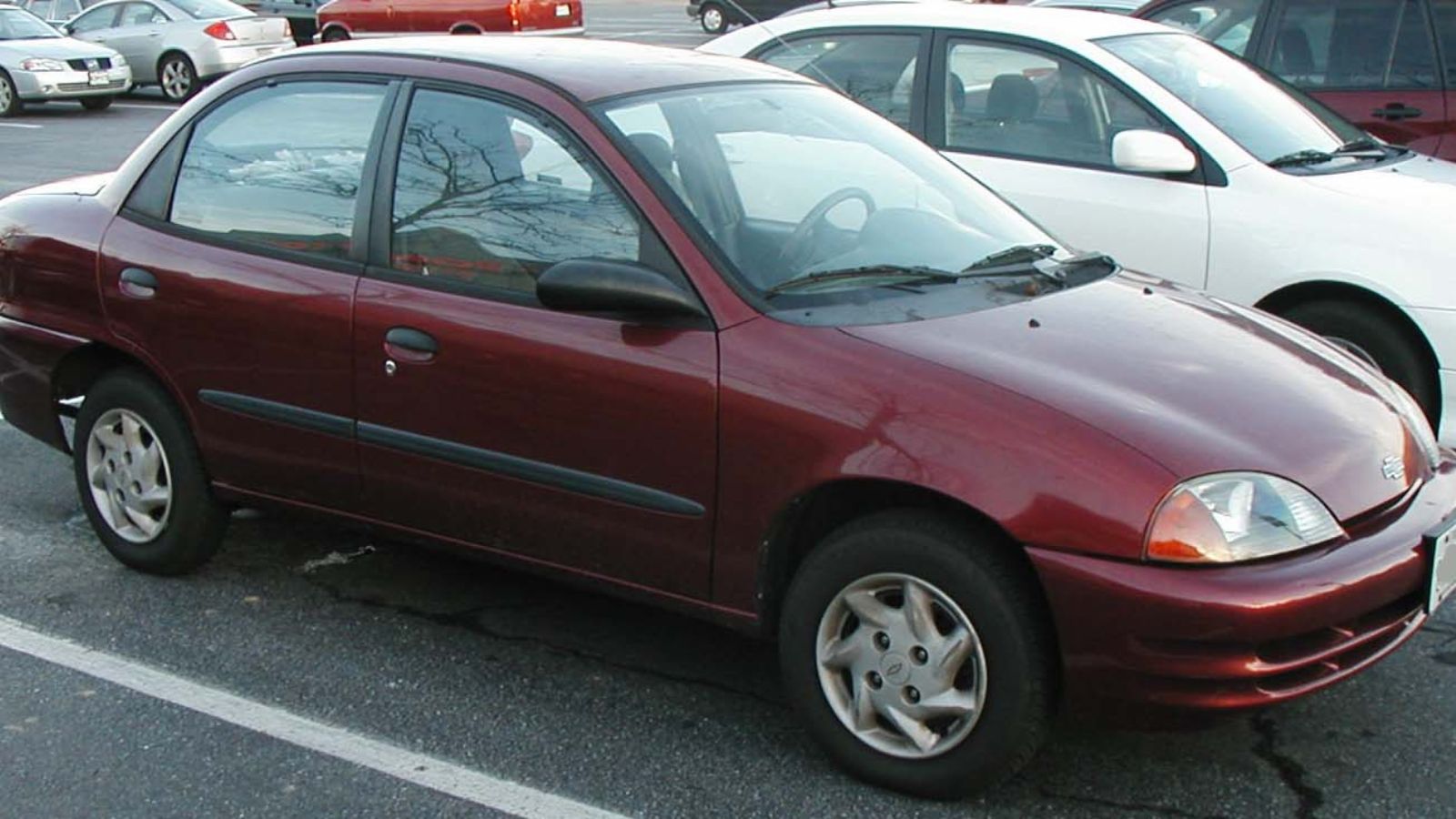
The Geo Metro became a fuel economy legend in the 1990s thanks to its 1.0 liter three cylinder engine. Producing around 55 horsepower, it was one of the smallest car engines available in North America at the time. It was not fast and had a distinctive thrumming sound that many drivers found unrefined, but it could easily hit 50 miles per gallon in an era when gas prices were rising and compact cars were in demand. The three cylinder design was chosen for efficiency and lightness, showing how carmakers could borrow motorcycle thinking for the sake of mileage.
Audi Inline Five
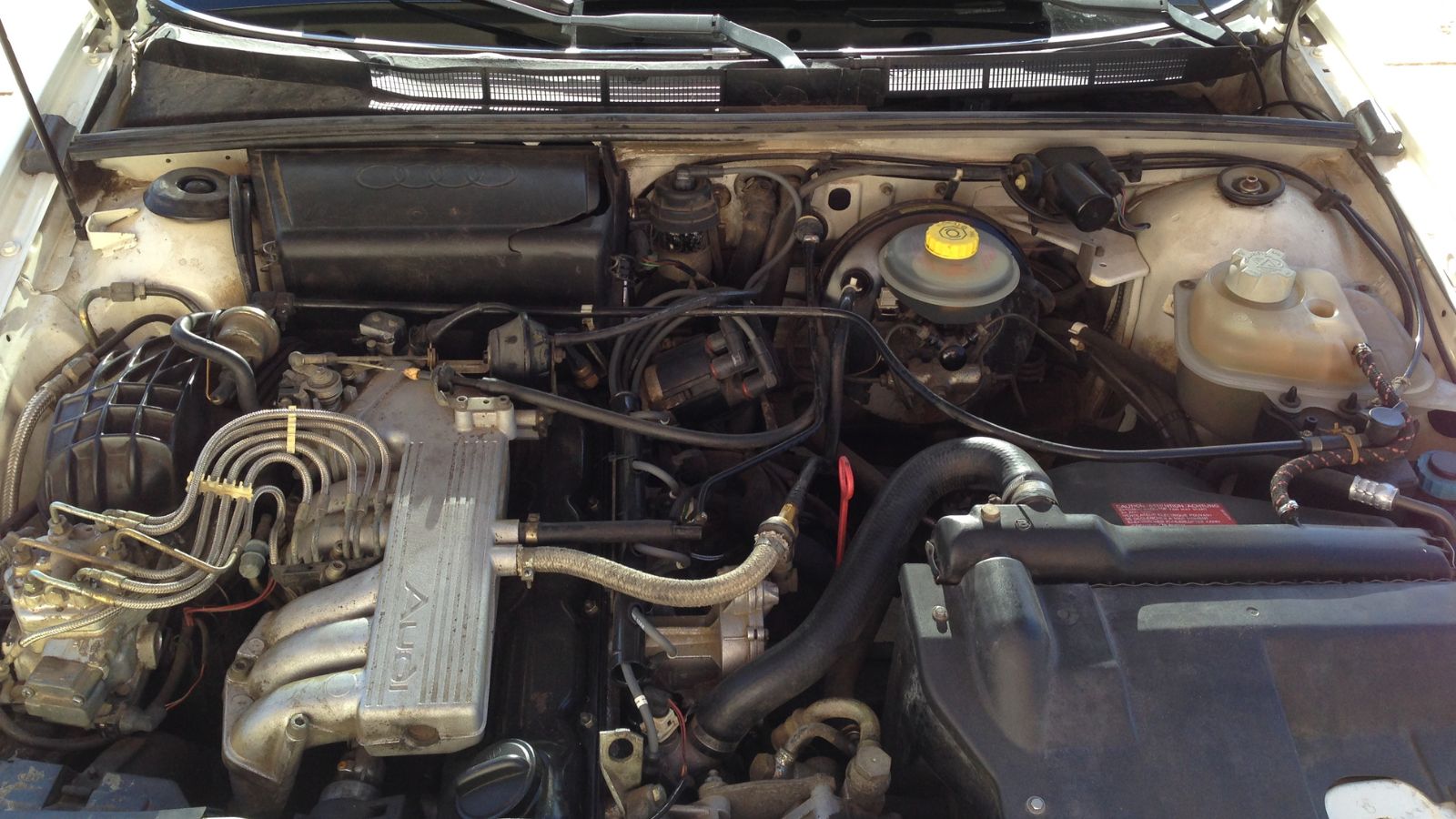
Audi made the inline five cylinder famous in North America in the 1980s. This unusual layout split the difference between a four and a six, offering compact packaging while producing a distinctive off beat exhaust note that enthusiasts still celebrate today. Engines like the one in the Audi 5000 and the turbocharged versions in the Audi Quattro delivered smooth power and character unlike anything else on the road. The odd firing order gave them their signature growl, and the balance of power and efficiency made them appealing. Though strange compared to standard configurations, Audi’s five cylinders earned respect and became a trademark.
Volkswagen VR6
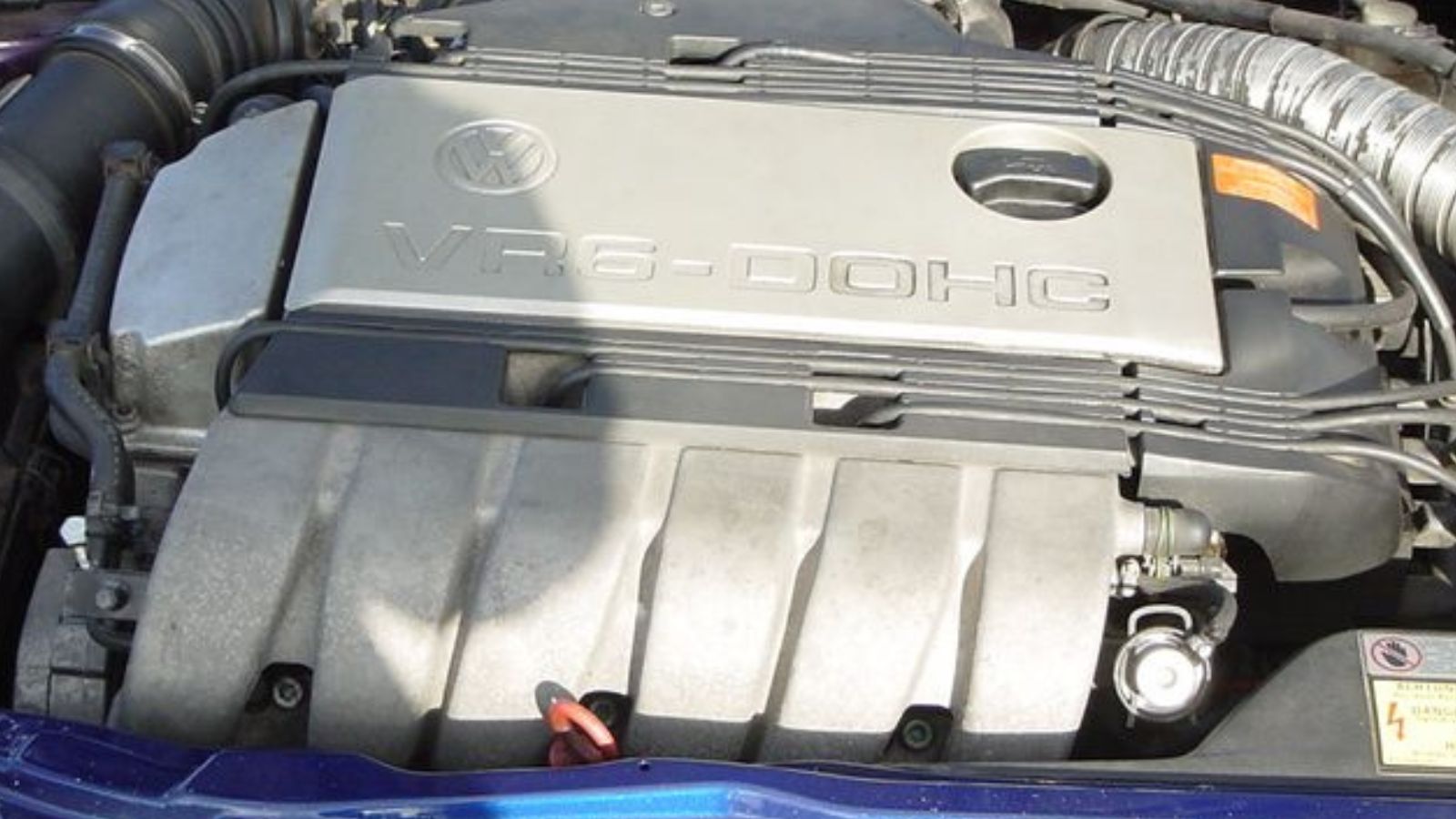
Volkswagen’s VR6 was one of the most creative engineering solutions of the 1990s. With a narrow 15 degree angle between the cylinder banks, the VR6 fit six cylinders into the space of a four. This meant VW could put a six cylinder into compact cars like the Golf and Jetta without major redesigns. The VR6 had a smooth, growling sound and delivered strong torque, quickly becoming a cult favorite. The design was unconventional, but it showcased German ingenuity in fitting more power into smaller packages while maintaining balance and driveability.
Chrysler Slant Six
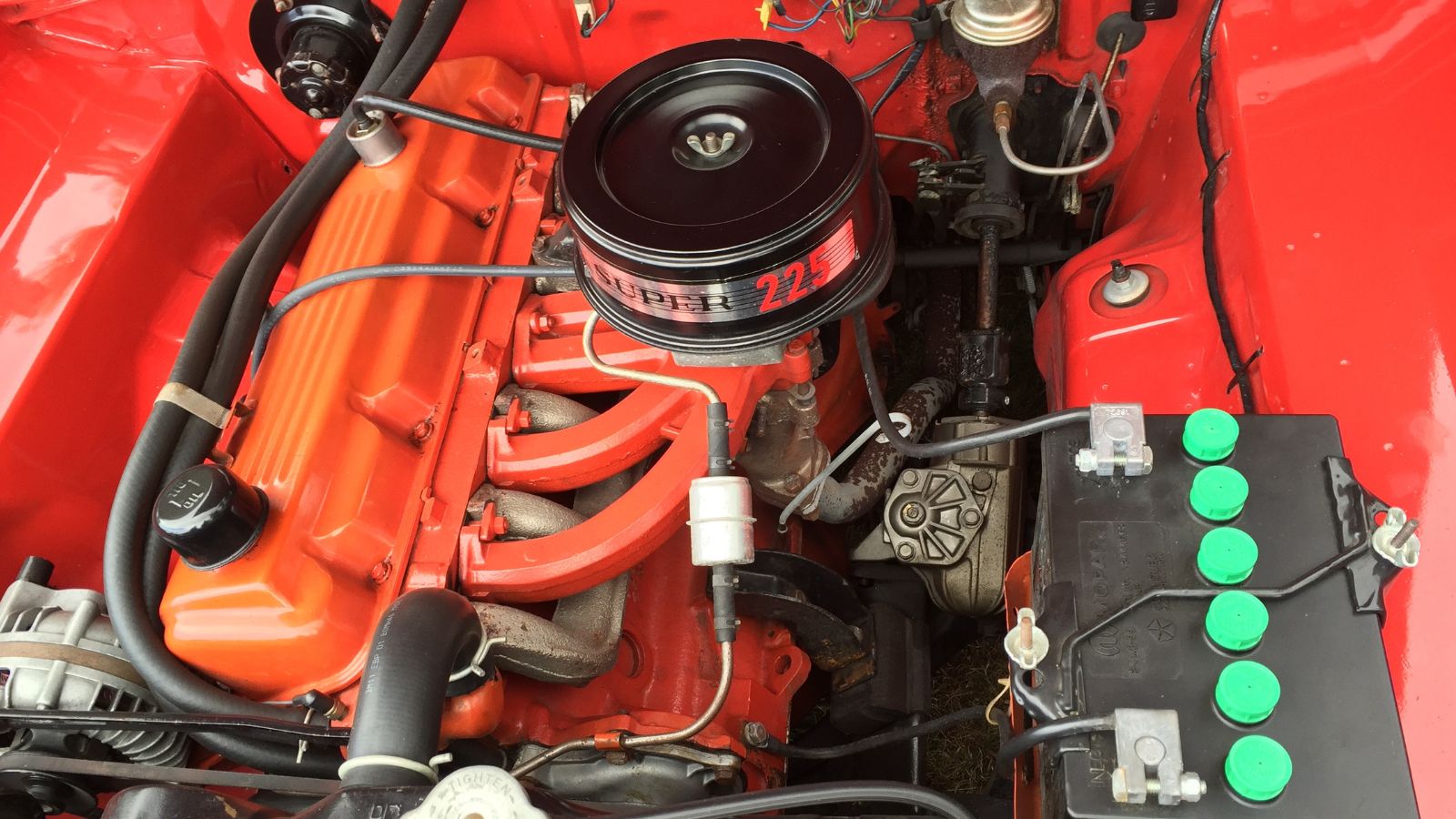
The Chrysler Slant Six looked like a conventional inline six at first glance, but the entire block was tilted 30 degrees to the side. This odd angle allowed for a lower hood line and made room for larger carburetors and intake systems. Introduced in 1960, it became a mainstay of Dodge and Plymouth cars and trucks for decades. The Slant Six developed a reputation for being nearly indestructible, with many examples running hundreds of thousands of miles. Its unusual tilt may have been strange, but it also made it one of the most practical and long lived engines in American history.
Subaru Flat Four
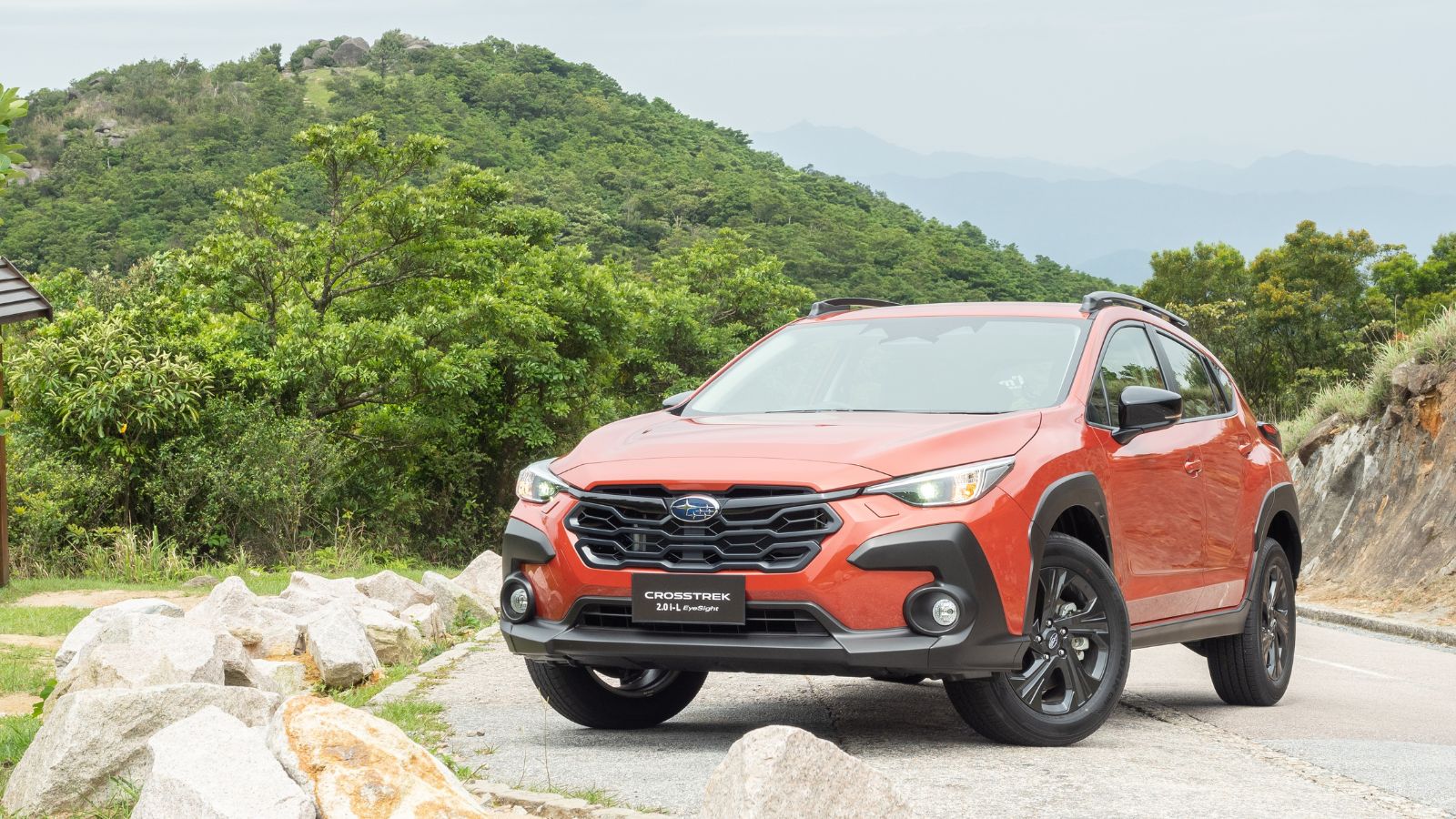
Subaru’s flat four, or boxer engine, became the company’s signature, but in the 1970s and 1980s it seemed odd to North American buyers. Laying the cylinders flat in opposed pairs reduced vibration and lowered the car’s center of gravity, giving Subaru models unique handling characteristics. The engine also produced a distinct rumbling exhaust note that set them apart. While unconventional, the flat four proved durable and efficient, and it became a defining trait of Subaru vehicles, particularly in Canada where all wheel drive and cold weather reliability made the brand a favorite.
Honda Three Cylinder Hybrid
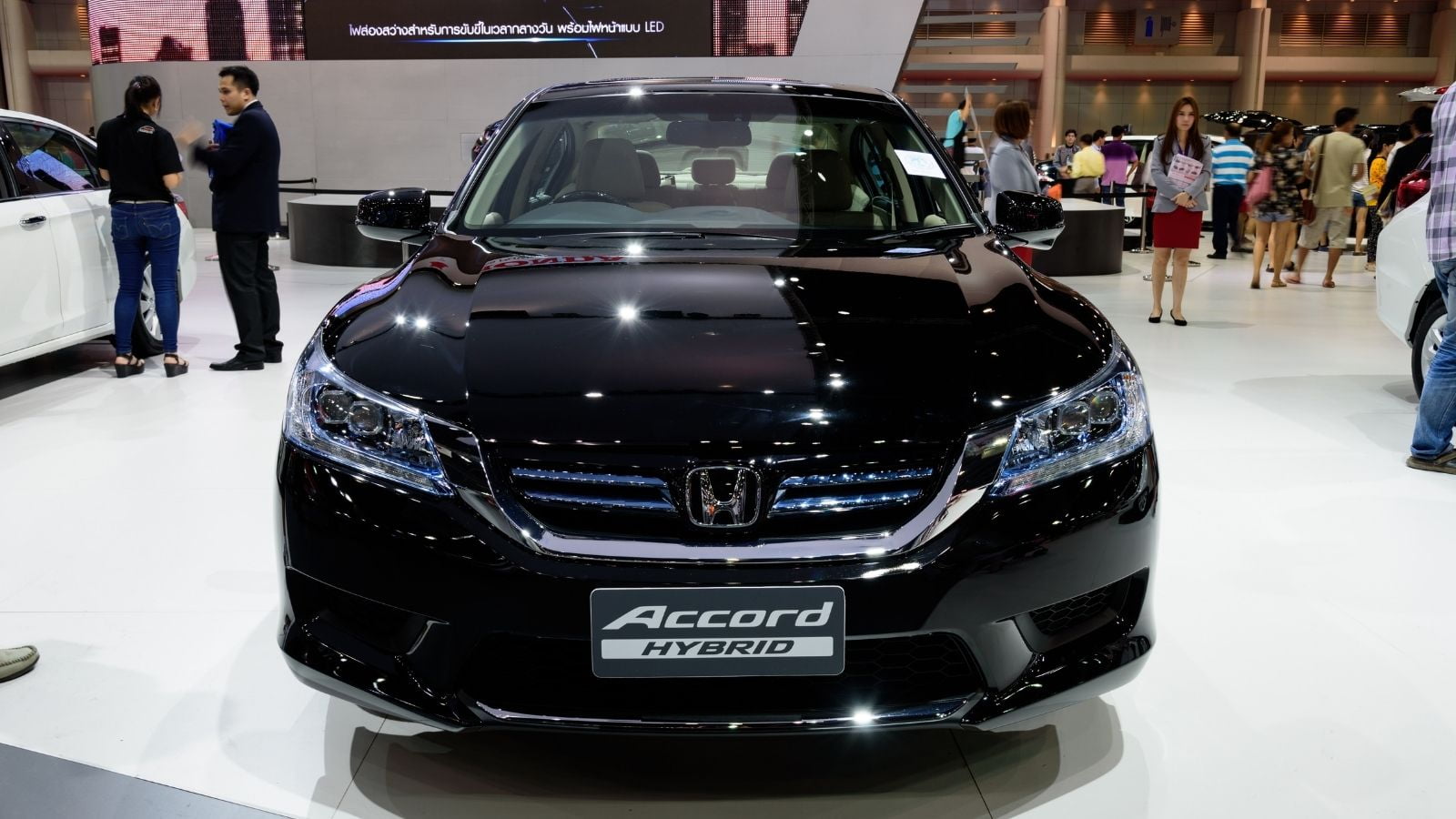
In 2000, Honda released the Insight, the first hybrid car available in North America, with a tiny 1.0 liter three cylinder engine paired with an electric motor. While other hybrids would later use four cylinder engines, the Insight’s three cylinder was extremely rare in modern cars. Its unusual sound and lack of refinement were forgiven because the car could return fuel economy numbers above 70 miles per gallon in ideal conditions. Honda’s small three cylinder turbo hybrid setup was far ahead of its time and showed how unconventional engine choices could lead to breakthroughs in efficiency.
Mazda Rotary
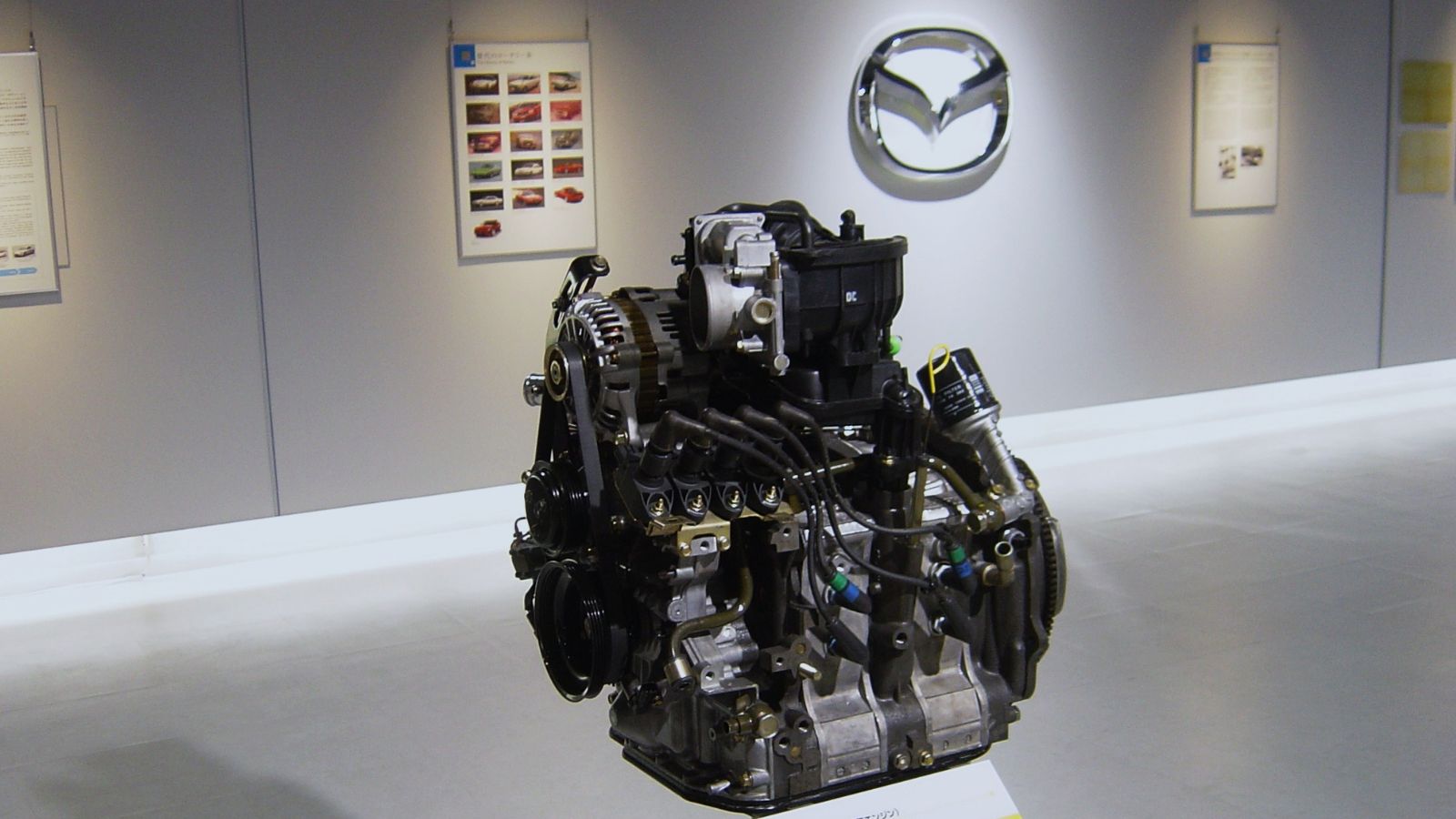
Mazda’s rotary engine, or Wankel engine, is perhaps the strangest mass produced engine ever sold in North America. Instead of pistons moving up and down, it used triangular rotors spinning inside an oval housing. Compact and lightweight, it produced smooth high revving power from a small displacement. Mazda used it in cars like the RX 2, RX 3, RX 7, and RX 8, giving them a unique driving character. The rotary was thirsty for fuel and oil, but its scream at high rpm and silky smooth delivery made it unforgettable. Mazda’s commitment to this engine made it one of the most iconic oddballs in history.
Cadillac V8-6-4
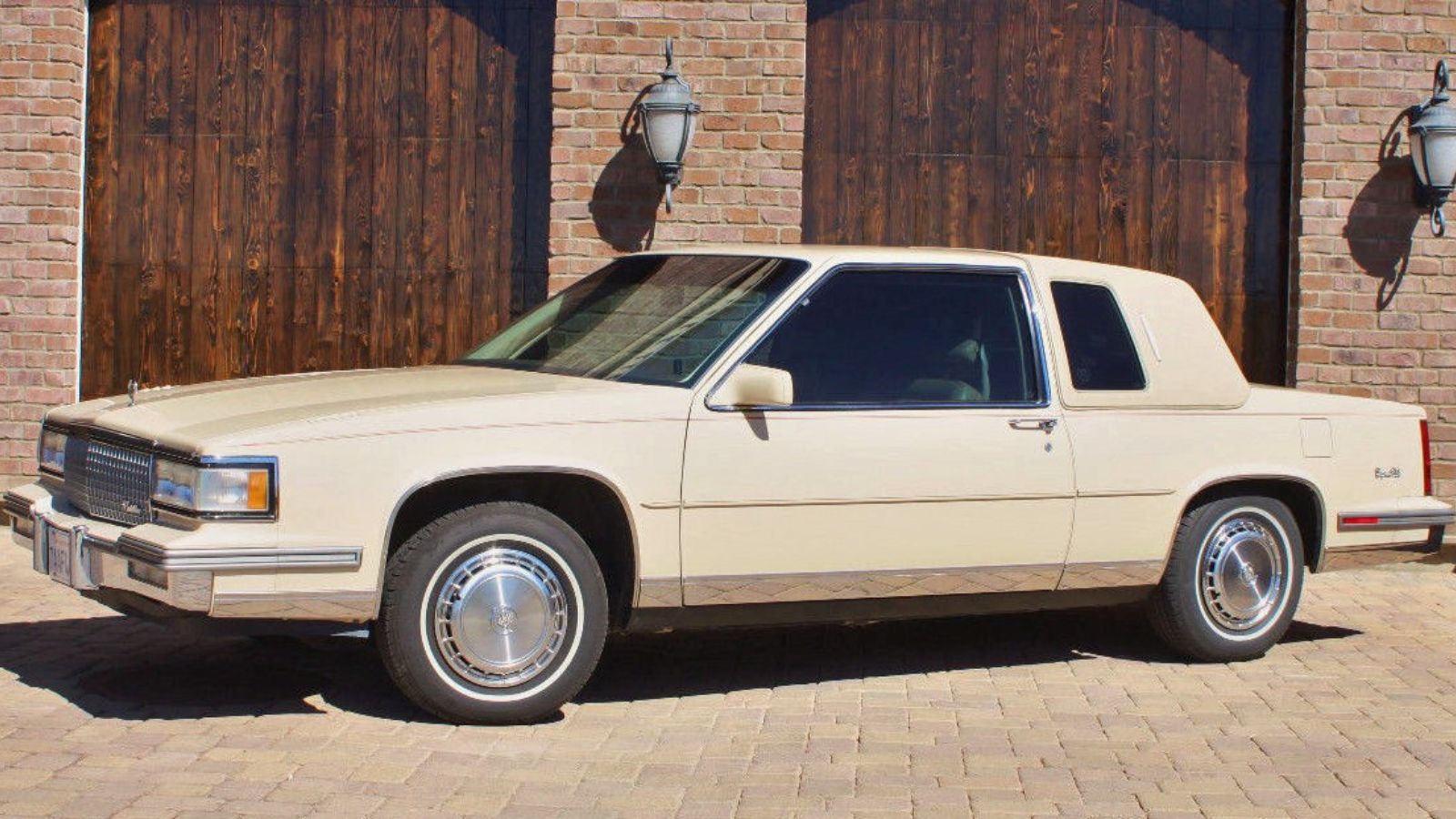
In 1981, Cadillac introduced a 6.0 liter V8 that could deactivate cylinders to run as a V6 or even a V4 to save fuel. Called the V8-6-4, it was decades ahead of its time but hampered by the limits of early computer technology. The transition between cylinder modes was jerky and unreliable, leaving many owners frustrated. While the concept has since been perfected in modern engines, Cadillac’s early attempt remains a fascinating experiment that gave North America one of the strangest and most ambitious powerplants of the early 1980s.
Odd Engines With Lasting Impact
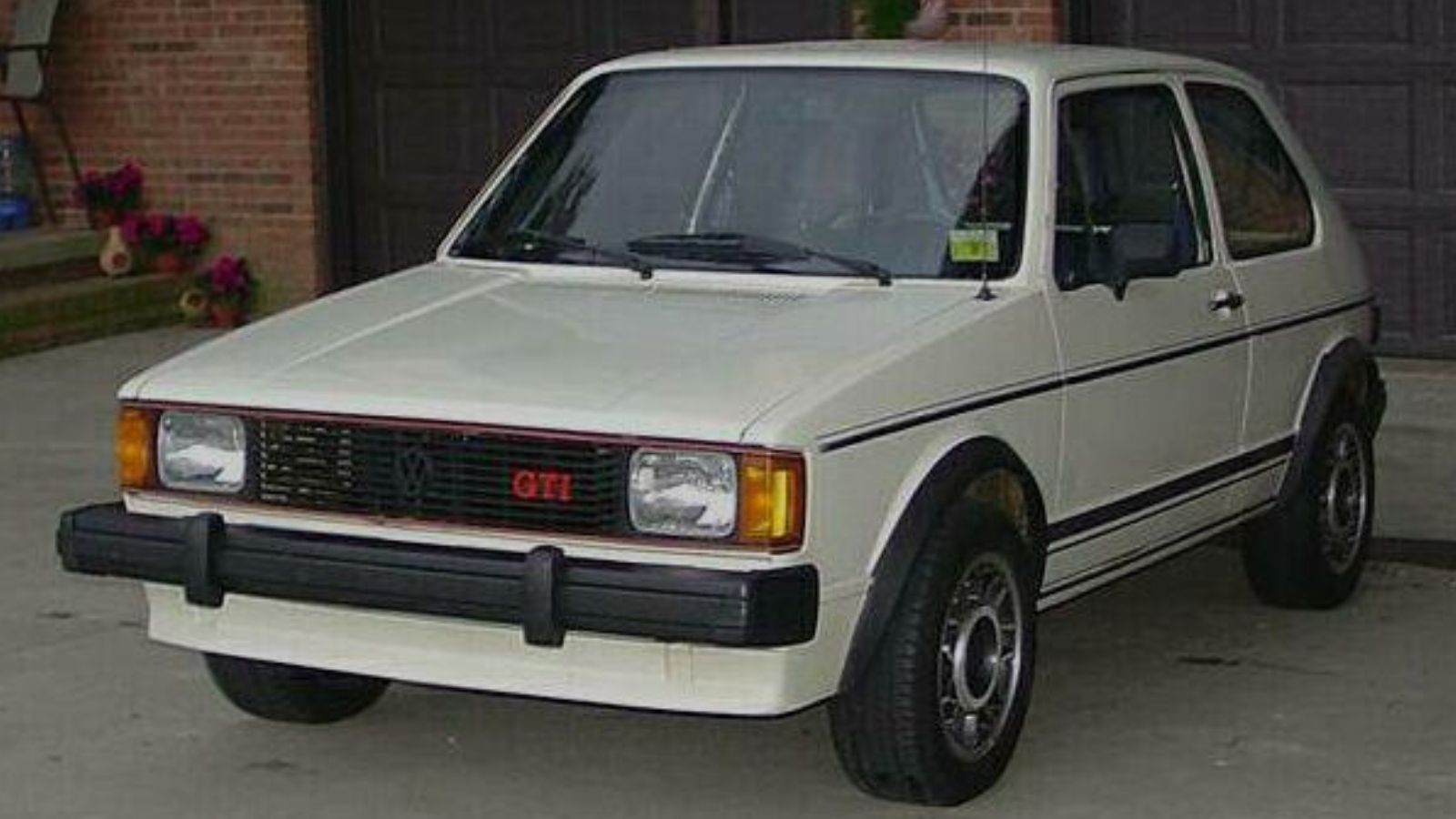
Strange as they were, these engines showed how innovation often requires taking risks. Some, like Audi’s inline five and Volkswagen’s VR6, became beloved signatures. Others, like the Cadillac V8-6-4 or Saab’s smoky two cylinder, became curiosities remembered more for their quirks than their success. And a few, like Mazda’s rotary and Subaru’s flat four, carved out legacies that defined entire brands. North American roads may be dominated by conventional fours, sixes, and eights, but the oddballs remain reminders that sometimes strange engineering ideas can create lasting legends.
25 Facts About Car Loans That Most Drivers Don’t Realize

Car loans are one of the most common ways people fund car purchases. Like any other kind of loan, car loans can have certain features that can be regarded as an advantage or a disadvantage to the borrower. Understanding all essential facts about car loans and how they work to ensure that you get the best deal for your financial situation is essential. Here are 25 shocking facts about car loans that most drivers don’t realize:
25 Facts About Car Loans That Most Drivers Don’t Realize
